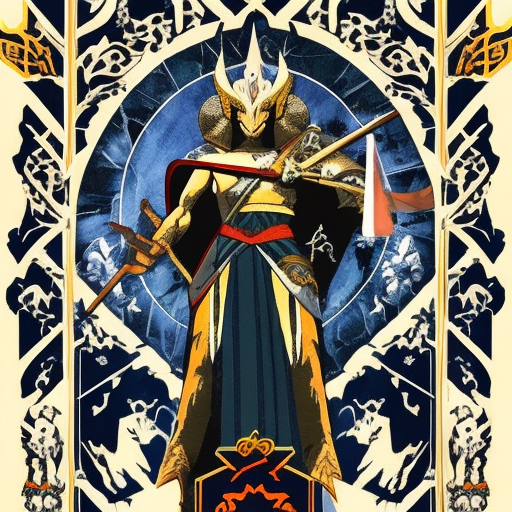Summary:
Mythology is a collection of traditional stories or legends that explain the beliefs and customs of a particular culture or society. These stories often involve gods, goddesses, heroes, and supernatural beings, and they serve to explain natural phenomena, human behavior, and the origins of the world. Mythology has been an integral part of human culture for thousands of years and continues to influence literature, art, and popular culture today.
Origins and Importance:
Mythology has its roots in ancient civilizations, such as the Greeks, Romans, Egyptians, and Norse. These societies used myths to make sense of the world around them and to pass down their beliefs and traditions to future generations. Myths were often created to explain natural phenomena, such as the changing seasons, the creation of the world, and the origins of humans and animals. They also provided moral lessons and guidance on how to live a virtuous life.
Types of Mythology:
There are various types of mythology from different cultures around the world. Greek mythology is one of the most well-known and influential, featuring gods and goddesses such as Zeus, Hera, Athena, and Apollo. Roman mythology is closely related to Greek mythology, with similar gods and stories but different names. Egyptian mythology revolves around the gods Ra, Osiris, and Isis, and focuses on the afterlife and the pharaohs. Norse mythology, from Scandinavia, includes gods like Odin, Thor, and Loki, and is known for its epic tales of battles and heroic deeds.
Themes and Symbols:
Mythology often explores universal themes such as love, jealousy, power, and the struggle between good and evil. These themes are conveyed through a rich tapestry of symbols and archetypes. For example, the hero’s journey is a common motif in mythology, where a hero embarks on a quest, faces challenges, and ultimately achieves victory. The serpent, often associated with deception and temptation, is another recurring symbol in many mythologies.
Influence on Art and Literature:
Mythology has had a profound impact on art and literature throughout history. Ancient Greek and Roman myths have inspired countless works of art, including sculptures, paintings, and mosaics. Renaissance artists, such as Michelangelo and Botticelli, drew heavily from classical mythology in their works. In literature, mythological themes and characters are prevalent in epic poems like Homer’s “Iliad” and “Odyssey,” as well as in modern novels like J.R.R. Tolkien’s “The Lord of the Rings.”
Modern Interpretations:
Mythology continues to be relevant in modern times, with many contemporary authors, filmmakers, and artists drawing inspiration from ancient myths. The popularity of books and movies like “Percy Jackson and the Olympians” and “Thor” demonstrates the enduring appeal of mythological stories. Additionally, mythological references can be found in advertising, product branding, and even in everyday language. The study of mythology also provides valuable insights into different cultures and their belief systems.
Conclusion:
Mythology is a rich and diverse field that encompasses a wide range of stories, symbols, and themes from different cultures around the world. It serves as a window into the beliefs and traditions of ancient civilizations and continues to shape our understanding of the human experience. Whether through art, literature, or popular culture, mythology remains a powerful and enduring force in our society.












